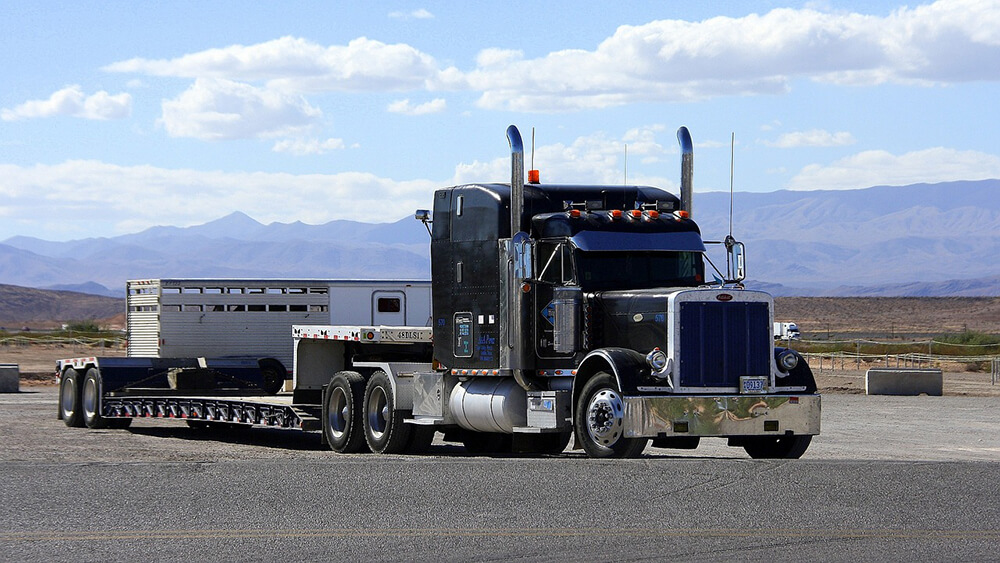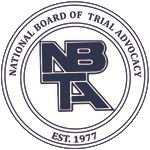
Some of the deadliest auto accidents involve a tractor-trailer and passenger vehicle. As you might imagine, the truck normally fairs better than the car. While you already know it’s important to remain focused on the road in front of you at all times, it’s important to recognize that just because you can see a truck doesn’t mean it can see you.
Kentucky Truck Accident Statistics
If you’re a resident of Kentucky and frequently hear about truck accidents, you may be wondering what the facts really are. These statistics come from the Kentucky Transportation Center’s Analysis of Traffic Crash Data.
- In Kentucky, a truck is a vehicle with a registered weight of 10,000 pounds or more.
- Counties with the highest truck accident rates contained an interstate highway or had a large number of coal trucks on the road.
- From 2012 to 2016 there was a 13 percent increase in truck accidents in Kentucky.
- In 2016, there were 9,380 truck crashes in Kentucky.
- On average, 61 percent of truck collisions involved impact at the front of the truck, 21 occurred in the rear, 11 percent happened on the left side, and 7 percent happened on the right side.
Understanding Truck Blind Spots
As a general rule, if you can’t see a truck driver’s face in the truck’s side-view mirror, the driver cannot see you. Commercial vehicles have limited visibility on all four sides because of their size. The bigger the vehicle, the larger the blind spots.
The U.S. Department of Transportation, in collaboration with the Federal Motor Carrier Safety Administration, calls these blind spots the “No-Zones:”
- Side No-Zones become an issue when you’re passing a truck. If the truck driver is unable to see you to their left or right, they may assume no one is there and try to change lanes. When passing, do so only on the left and be as efficient as possible.
- Rear No-Zones are directly behind a truck. Avoid tailgating tractor-trailers. Give them plenty of space. If they need to brake suddenly and you’re too close, you’ll have nowhere to go.
- Front No-Zones are right in front of the truck. When you pass a truck and decide to merge back into the right lane, avoid cutting in too soon. Make sure you can see the whole front of the truck in your review mirror and avoid slowing down.
- Backing Up No-Zones are easily avoidable so long as you don’t try to cross behind a truck that’s backing up. Remember that truck drivers do not have a rear-view mirror.
- Wide Right Turns make it so trucks are unable to see cars that may be trying to squeeze in between them and a curb. Watch for a trucks’ turn signal, give them room, and wait for them to turn before continuing forward.
Overall, stay at least 30 feet behind a truck, 20 feet in front of a truck, and pass only on the left.
Legal Liability in Truck Blind Spot Accidents
Prior to receiving their licenses, truck drivers are supposed to go through extensive, specialized training to account for the blind spots commercial vehicles have. In the event this training was incomplete or unsuccessful, the truck driver may be found liable for the collision.
Worrying about liability after a truck accident is stressful, especially when you should be focusing on recovery. Let us handle the legal work. Our Lexington truck accident attorneys can help you prove your accident was caused by a truck driver neglecting their blind spots. If you’ve been injured in a truck accident, contact us today for a free consultation.





